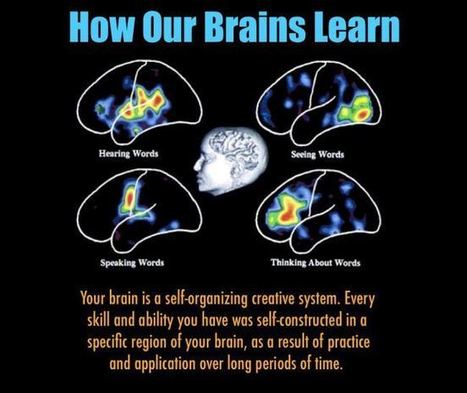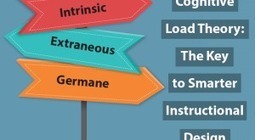Summary: Situated Learning Theory posits that learning is unintentional and situated within authentic activity, context, and culture. Originator: Jean Lave Key Terms: Legitimate Peripheral Participation (LPP), Cognitive Apprenticeship Situated Learning Theory (Lave) In contrast with most classroom learning activities that involve abstract knowledge which is and out of context, Lave argues that learning is situated; that is, as it normally occurs, learning is embedded within activity, context and culture. It is also usually unintentional rather than deliberate. Lave and Wenger (1991) call this a process of "legitimate peripheral participation." Knowledge needs to be presented in authentic contexts -- settings and situations that would normally involve that knowledge. Social interaction and collaboration are essential components of situated learning -- learners become involved in a "community of practice" which embodies certain beliefs and behaviors to be acquired. As the beginner or novice moves from the periphery of a community to its center, he or she becomes more active and engaged within the culture and eventually assumes the role of an expert. Other researchers have further developed Situated Learning theory. Brown, Collins & Duguid (1989) emphasize the idea of cognitive apprenticeship: "Cognitive apprenticeship supports learning in a domain by enabling students to acquire, develop and use cognitive tools in authentic domain activity. Learning, both outside and inside school, advances through collaborative social interaction and the social construction of knowledge."
Via Ana Cristina Pratas, Bruno De Lièvre



 Your new post is loading...
Your new post is loading...










